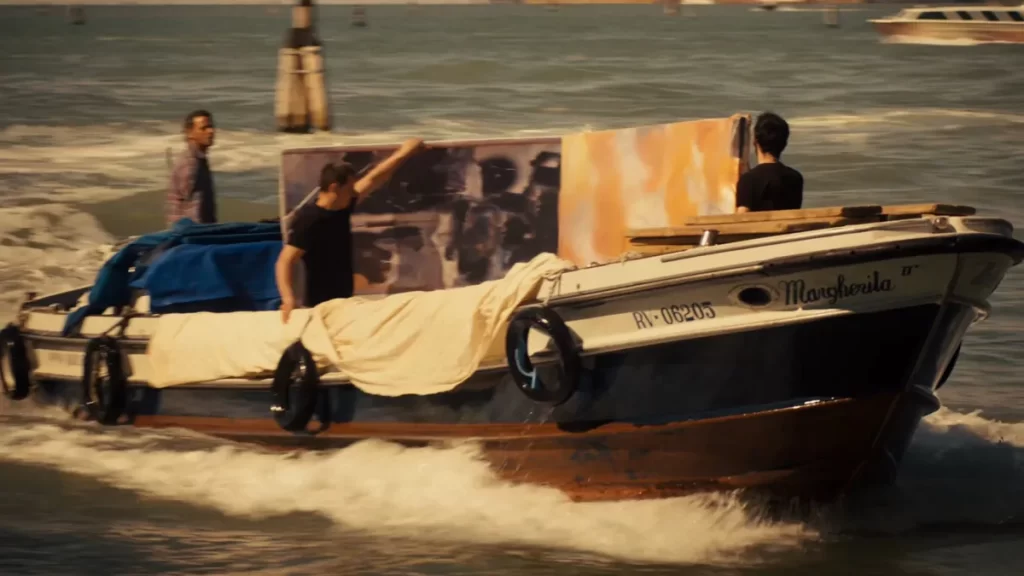A Tale of Art, Politics, and Intrigue
The intertwining of art and politics has always been a fascinating and controversial subject throughout history, with various exhibitions leaving an incredible mark on the cultural landscape. Documenting these pivotal moments, “Taking Venice,” a new documentary set for limited release next month, delves into the scandalous events surrounding the 1964 Venice Biennale, challenging the perception of Robert Rauschenberg’s Grand Prize win.
The Anomaly of the American Pavilion: Politics in Art
Unlike European countries with Ministries of Culture, the United States’ absence of such a body makes its presence at international art events like the Venice Biennale unique. With the 1964 Pavilion organised by the United States Information Agency (USIA), the intersection of art and politics became glaringly apparent, echoing the Cold War tensions of the time.
The Players: A Spy Thriller Unfolds
Amei Wallach, the film’s director, assigns codenames to key figures: Alan Solomon, the curator; Alice Denney, the insider; Leo Castelli, the dealer; and Robert Rauschenberg, the artist. Through a web of connections reminiscent of a spy novel, the documentary unravels their roles in shaping the outcome of the Biennale.

Controversial Tactics: The Quest for Victory
Allegations of corruption swirl around the 1964 Biennale, with claims that insiders manipulated the jury to ensure an American victory. Denney denies these accusations, asserting their pursuit of showcasing American artistry. However, the documentary presents a compelling case for the involvement of key players in securing Rauschenberg’s triumph.
Rauschenberg’s Rise: Artistry Amidst Controversy
Despite facing criticism from the American art establishment, Rauschenberg’s innovative approach to art, infused with Americana symbolism, positioned him as a pivotal figure in the avant-garde movement. His selection for the Venice Biennale marked a turning point in his career, albeit amidst controversy and skepticism.
Behind the Scenes Maneuverings: Questionable Actions
Suspicions arise regarding the jury’s impartiality, especially with the addition of Sam Hunter and the unconventional shipping of artworks via a Department of Defense plane. Wallach hints at clandestine dealings involving Castelli and Sonnabend, though concrete evidence remains elusive.
The Aftermath: Legacy and Reflection
While Rauschenberg’s win solidified New York’s status as the epicenter of postwar art, questions linger about the fairness of the competition. The documentary prompts reflection on the lack of substantial government investment in arts and culture, highlighting the enduring relevance of the 1964 Biennale’s impact on the art world.
Conclusion: A Story Left Unfinished
“Taking Venice” offers a tantalising glimpse into a pivotal moment in art history, but its narrative leaves room for skepticism. While the intrigue surrounding the 1964 Biennale captivates, the documentary falls short of providing conclusive evidence, leaving the true nature of events shrouded in ambiguity. As the art world continues to evolve, the legacy of the Biennale serves as a reminder of the complex interplay between art, politics, and power dynamics.
Featue Image: Still from Taking Venice, showing a re-creation of the 1964 transport of Robert Rauschenberg’s work in the Venice canals for exhibition at the Venice Biennale.COURTESY: ZEITGEIST FILMS





